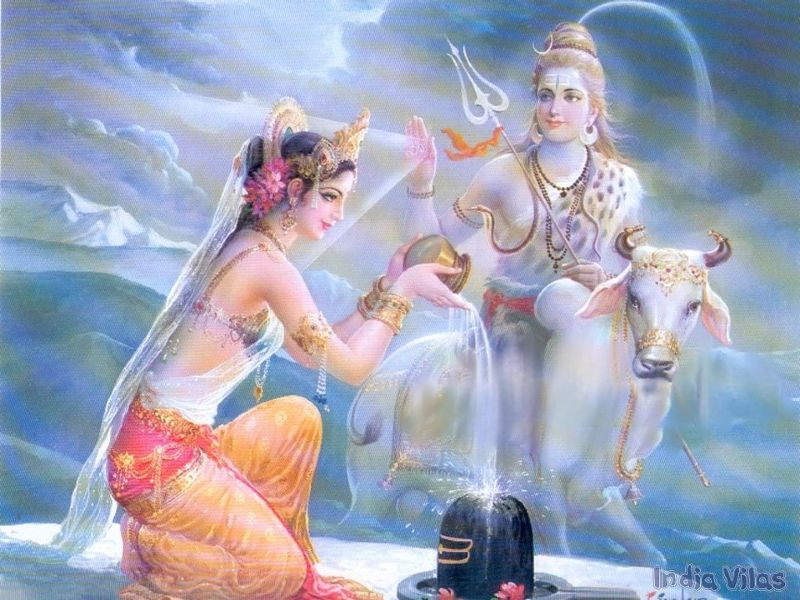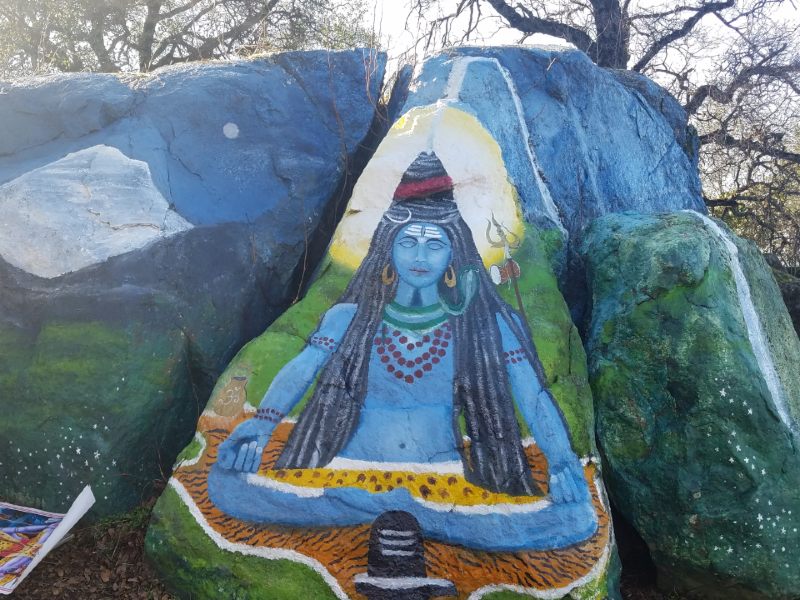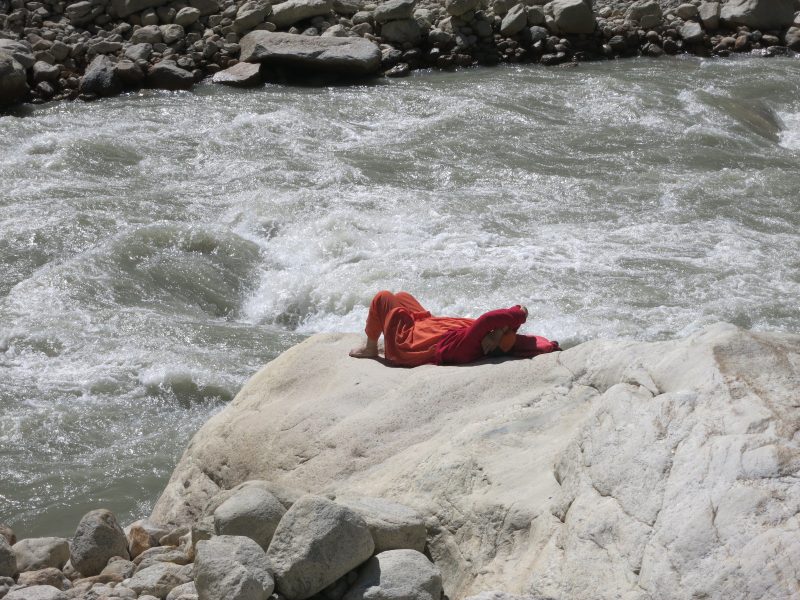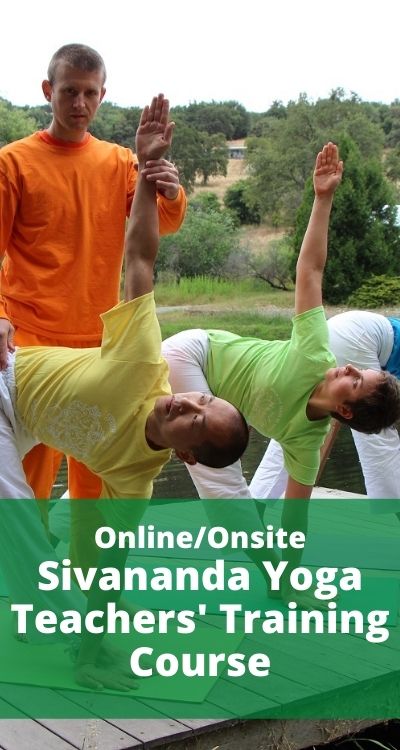Happy Sivaratri. Om Namah Sivaya!
On the occasion of Sivaratri, the festival of Lord Siva, celebrated by millions, this is an offering to help understand how contemplation on Lord Siva can guide us in our life.
Lord Siva is the Lord of Yoga, and represents what yoga and meditation practitioners are aspiring towards. He is the Adi Guru, first guru of yoga, and taught the science of Hatha Yoga.
Symbolism of Lord Siva
He is often depicted with eyes half closed and half open. This represents an ideal state of mind that yoga practitioners want to achieve, of being “in the world and out of the world”, seeing the world of names and forms and changing phenomena that we live in, and at the same time seeing the essence of it, as opposed to seeing the manifested world as devoid of spirit and intelligence.
He also is depicted with the third eye open. This means that we are encouraged to see the world with our eye of intuition, or with a mind that has been purified of its lower propensities such as anger, greed, lust, hatred, jealousy and envy. Intuition is higher than intellect. Intuition can be developed only when we transcend duality, or the left brain/right brain split. It includes devotion, or pure love, while intellect might miss half of the picture if there is no pure love in the thinking, or when the thinking is motivated by the ego.

Lord Siva sits on a tiger skin. This shows that to attain to an elevated state, or to be successful in our yoga and meditation endeavours, we need to control our passionate, lower animal nature. Lord Siva accepts all creatures, for example insects and scorpions, thus he shows pure compassion for all beings. He is an example of pure detachment.
Siva is beyond the 3 gunas
Holding the three pronged trident, he indicates the journey of transcendence beyond the 3 gunas, the 3 qualities of nature: tamas, rajas and sattwa. The journey is from the state of tamas when we are in darkness, in ignorance, unawakened, and in denial of our true nature of peace and happiness, to the state of rajas. When rajas becomes predominant we experience a mistaken, separate identity, perform egoistic, self-motivated actions, and are judgmental of others, seeking for happiness externally. We then move to the state of sattwa and experience purity, harmony, calm, peace, knowledge, balance, wisdom, understanding and a non-judgmental attitude. Eventually we transcend these three states of mind altogether, to reach to the transcendental Siva or Yoga. Thus Lord Siva is said to be the ideal symbol of detachment and self-control.
Lord Siva has a snake around his neck. The snake represents mystical wisdom, and is related to the “serpent power”, the spiritual energy known as Kundalini Shakti. He has the Kundalini as his ornament, having completed the journey of self-transformation and purification represented by the journey of the spiritual energy through the chakras. In His being, Siva (consciousness) and Shakti (manifested nature) are together. Lord Siva represents for embodied beings such as ourselves the pure state of absolute bliss or being, where there is no reincarnation, no mistake, no karma, no desire.
The Ganga water flows from his head, this is the symbol of perfection and liberation, where the nectar of immortality flows from the highest chakra. Ganga water is purifying. The being that has attained this sublime state has the capacity to purify all who come in contact with him or her.
Siva represents austerity, physical, mental, emotional, & spiritual
Lord Siva is sitting meditating on an icy mountain top. He represents the Yogi who practices austerity or tapas. The mountain represents a high ideal or hard to obtain goal, for which you have to climb and struggle. The yoga practitioner is encouraged to struggle hard to conquer the senses and the emotions, to do austerity, or tapas, and lift his being to a high level of stability and endurance in any conditions or circumstances. Physical tapas is to bear heat and cold. Mental tapas is to keep one-pointed concentration among distractions. Emotional tapas is to be able to bear insult, bear injury and stay calm among conflicts and controversies. Spiritual tapas is to dissolve all facets of ego in the Lord.

Attachments bring suffering
My teacher used to say “we would not have come to this world if we did not have attachment to anything.” We have come to this world with our karmic tendencies and our likes and dislikes. We are always running towards something and running away from something else. We get attached to what we like, and we are afraid to be exposed to what we do not like. These mental and emotional preferences keep us in this world of sufferings. It is attachment that makes us suffer. Detachment frees us from these long formed tendencies and allows us to see a bigger picture of ourselves and others.
There is both temporary detachment and more lasting detachment. Lasting detachment must be based on discriminative intelligence and deep thinking, so that we understand the defects or the true nature of something and resolutely turn away from it. Temporary detachment is based on fear of pain, for example when we became “detached’ from ice-cream because it gave us stomach pain. But soon we forget, and will be tempted again with new names, new forms of ice cream!
Think about the defects of this world, and cease to run after happiness in the external. Introspect and think about how many times you have suffered and caused sufferings due to illusions and attachments. Detachment seems to give pain in the beginning, but at the end, it gives joy. Attachment seems to give pleasure in the beginning, but at the end gives pain.
Conclusion
Our whole journey is the journey to learn about detachment. May you contemplate on Lord Siva and become an embodiment of detachment and clear thinking. May you stay away from the temptations of the lower mind, the distortions of a split mind, and balance your mind so that you can go to sattwa and eventually see through the veils of maya.
May you attain liberation from suffering through self-knowledge and wisdom.
Swami Sitaramananda, acharya ISYVC





💗💗💗🙏🙏🙏
Thank You! 🙏❤️
Namaste, OM Namaha Shivaya
amazing information, thank you and Namaste 🙂
Clear precise and welcomed to see in writing. Thank you
Swami Sita
Thank you, Swamiji!
very nice words. Thank you so much!
During Corona Time, nowhere to go, Read some positive post like this is the best choice. 🙂
Thank you, glad you appreciate the text. om shanti. Swami sita
I am taking this time of isolation to take online courses from Sivananda and listen to your satsangs and webinars. It is a blessed opportunity to have the space and wonderful teachers. much gratitude
Om Namah sivaya